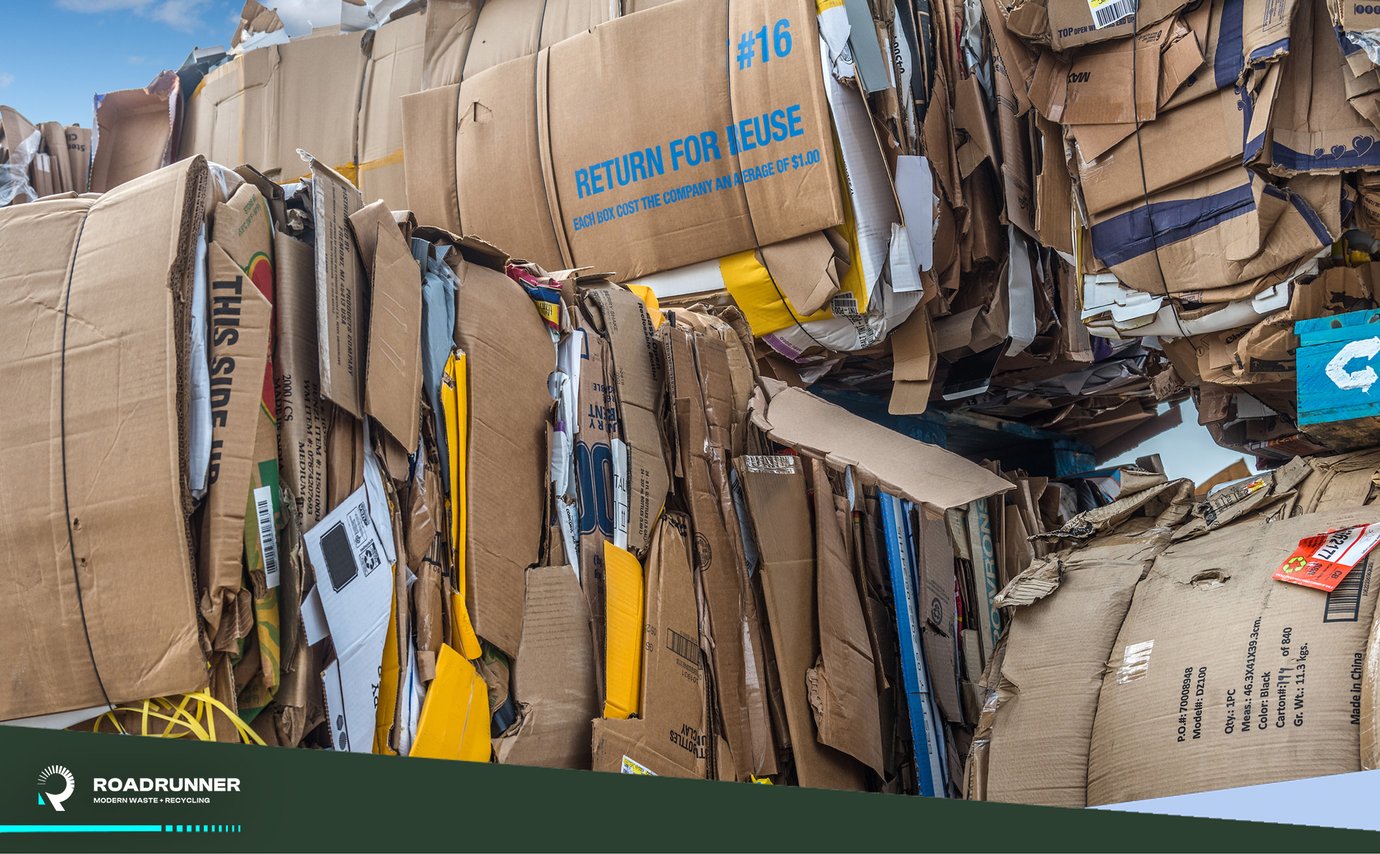In the United States and the EU alone, around 80 percent of all products sold are packaged in cardboard. However, a shocking 850 million tonnes of paper and cardboard are thrown away and end up in landfills across the United States annually. Moreover, if you’re measuring this material estimate during the holiday season, the total amount of cardboard waste generated increases by more than 25% of the normal average. Even more shocking is the EPA’s recent estimate that states paper and cardboard materials represent the largest component of municipal solid waste.
Why does this matter? If you’re a business owner or manager, chances are you generate a lot of cardboard waste—from office supplies to shipping and logistics, or recurring Amazon deliveries—it’s unavoidable. And if you aren’t disposing of your cardboard properly, like the majority of folks who add this material to their trash heap, you’re missing an opportunity to not only be more environmentally friendly but also save money on your waste bill.
In this blog post, we share a quick and helpful resource that details why 'breaking it down' is important, how properly doing so could add green to your organization’s bottom line, as well as the best practices to leverage to better dispose of your business’s cardboard waste.
The Golden Rule: Break It Down
Breaking down your cardboard waste is more important than you might imagine, and not doing so can result in expensive recurring waste and recycling costs for your business. Here’s why:
Bulky cardboard that is not broken down properly means a lot of extra air and space is present within a container and also takes up more space in the trucks used to pick up the material.
When you don’t break down your cardboard, space is not being used appropriately and all that air contributes to not only rising pickups but also can also lead to hidden fees.
When your containers are filled more frequently and not organized to the best of their ability, it creates an opportunity for a waste vendor to pick up your recycling more often and contributes to a recurring rise in costs on your waste bill.
Best Practices
To optimize the space in your container(s) and reduce the amount of pickups your business requires on a weekly or monthly basis it is best to break down all cardboard waste. Follow these easy steps to properly break it down:
- Take your box and turn it upside down. Run a box cutter along the center bottom seam, slicing through the packing tape
- Repeat this under the two flaps on each end of the box, freeing the tape at the edges
- Pull all four flaps straight up, so that all edges, on either end, move freely up and down
- Lightly push and twist in until the box collapses on itself—flattened and ready to be stacked in your container
If your business currently does not break down its cardboard for recycling, implement the steps listed above and let us know in the comments if it makes an impact on your waste bill. Not only will it allow you to recycle more cardboard on a weekly or monthly basis, but it should also alleviate the hassle of dealing with frequent pickups and costly hidden fees.
